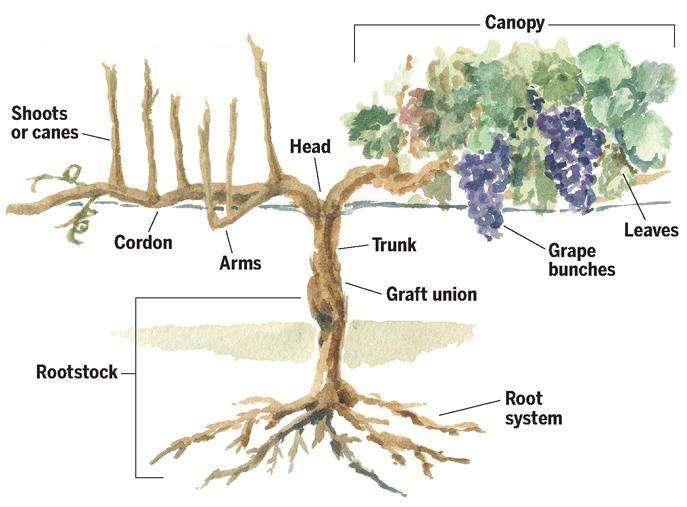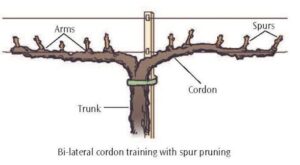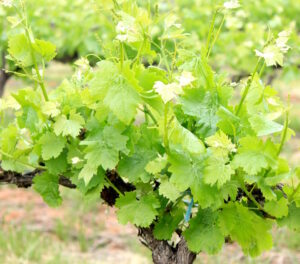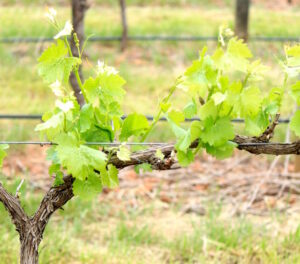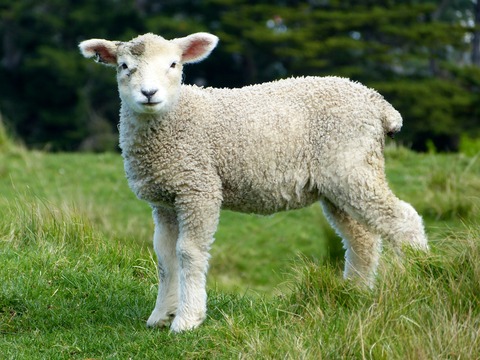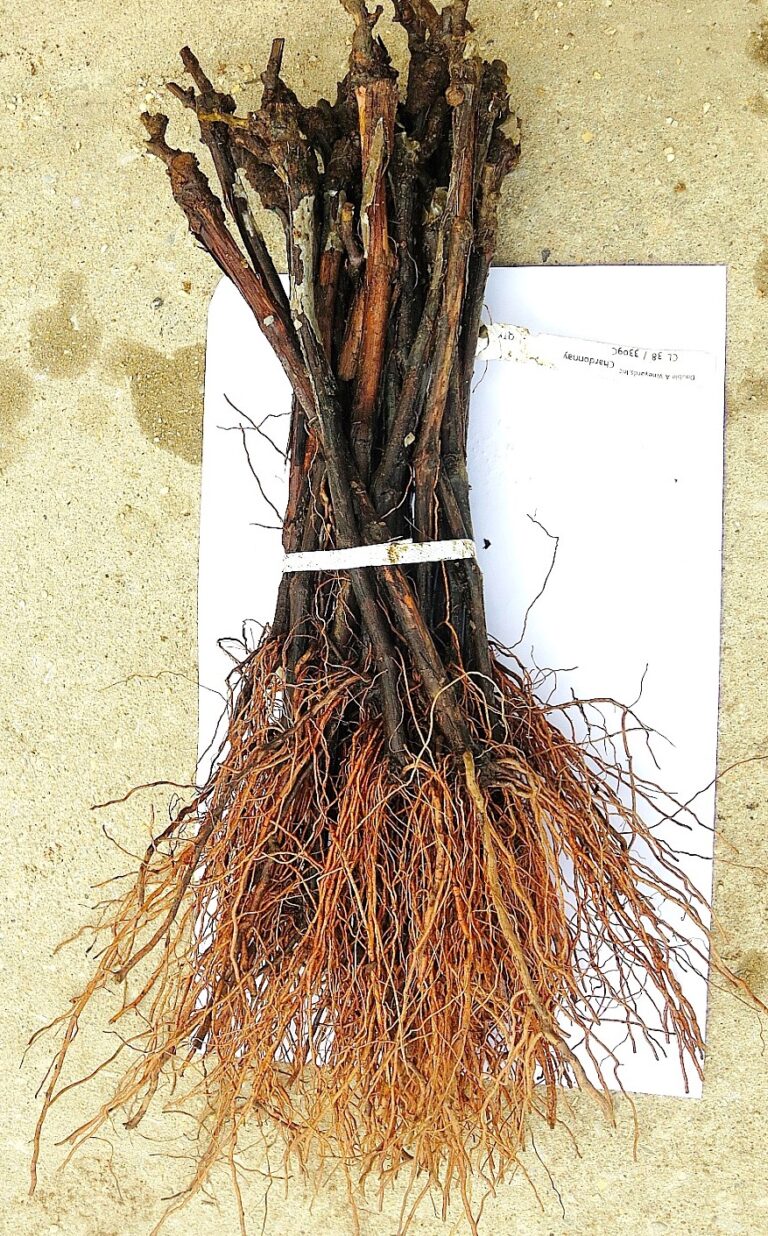Everyone loves being in a vineyard and seeing the beautiful vines come to life. The vines have been resting all winter and reserving their resources to produce a new vintage. But in order to make that vintage a spectacular one, work must be done on the vines to help them be the best they can be. Today, I’ll be talking about pruning and shoot thinning. What they are and why they are done.
Parts of the Vine
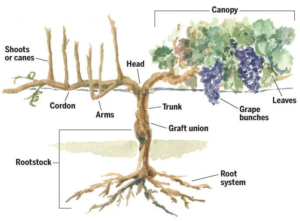
In order to discuss what is being done in the vineyard to maintain quality and provide the foundation for producing exceptional wine, you need to understand the parts of the vine. It is a living organism and just like us, goes through a series of changes in it lifecycle. Unlike us, a grapevine goes through this cycle every year in its long life.
The main parts of the vine are the roots, which are the below the ground. Above ground we see the trunk, head, cordons, arms, spurs, and canes. The trunk, just like the trees all around us is the main upright structure of the vine. The trunk then divides into “branches” which depending on the training system are called cordons. Growing out of these cordons is the fruiting portion for the year, known as spurs and/or canes. (depending on the support system being used) Spurs are shorter and can bear fruit, while canes are non-fruiting and longer. Nodes and buds are found on the cane and this is where we get the shoots and ultimately the fruit.
Late Winter Work
In either late winter of early spring, we go through the vineyards and cut back the canes. This is known as pruning and is done to encourage new growth. We want new growth to be limited otherwise the plant will produce too many grape clusters. The plant only has so much energy, so if there are too many clusters, it will lack the energy and nutrients to fully ripen them all, lowering the overall quality of each cluster. Pruning also provides the shape and structure of the vine. If pruning did not occur, it would grow upward and outward making it very difficult to handle.
There are two main methods of pruning. Spur pruning and cane pruning. In spur training you cut the grapevine leaving short, two bud spurs, that are evenly spaced and pointing from the cordon. Whereas cane pruning is more elaborate, time consuming and a bit more knowledge and experience is necessary. It involves choosing two viable shoots closest to the head of the trunk and trimming them to a length which has a specific number of buds on each side. (typically two) The canes will become this year’s cordons.
Dracaena Wines has received consistent 90+ ratings and multiple Double Gold medals. Click image to order yours today and let Dracaena Wines Turn Your Moments into Great Memories!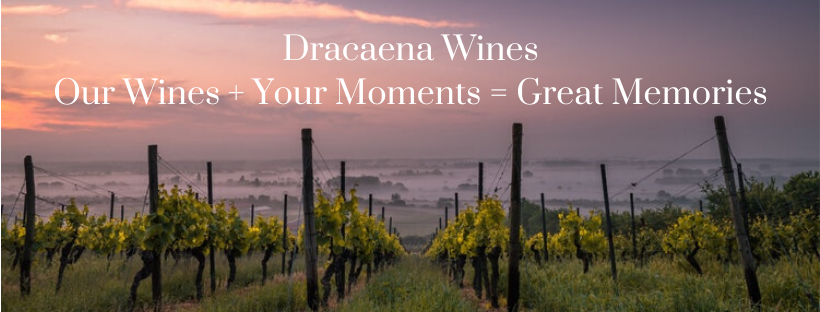
Spring Work
Now that we have trimmed back the vines and allowed them to focus their energy where we want them to they start going to work turning green. The buds start appearing and the green leaves follow shortly.
For grapevines, this phenomena tends to be determined by air temperature, not time of year. This could lend itself to a problem if temperatures warm up too early but then drop again. The early warm temperatures can cause early bud break, which then can cause them to be susceptible to frost injury. Research has shown that daily temperatures above approximately 50 °F induce bud break and shoot growth. (which is why the Winkler Scale for growing regions is based on number of degree days above 50 °F)
With all the energy at this time being dedicated to enhancing the vegetative state, we must return to the vineyards to do a little more work to guide the vine. Because in the end, it is not the vegetative state that makes wine, it is the reproductive state. However, without the chlorophyll producing green, the vine will not have enough energy to produce the grape clusters.
Right now, typically during May and June, we start the process of suckering, also known as shoot thinning. Shoot thinning is simply the practice of cutting back some of the green on the vines, but as with everything in vineyard management, it is not done without conscious methodology. The dormant buds along the trunk and cordon are cut off to redirect the energy.
We do not want too much green. Too much means that the bunches will not get the light it needs to ripen to maturity. Too much sun means the fruit will get sunburned. Instead, we look for dappled sunlight. We create this effect by shoot thinning. The space being created also allows wind to move through the vine which helps with disease prevention. It is is another time consuming process, but a necessary procedure if we want quality fruit.
Earlier, when we pruned, we forced the vine to limit its growth, but the vine wants to grow and be as big as it can be. It isn’t concerned with creating quality fruit to be turned into wine. Survival of the fittest to it means producing as much fruit as possible, since that is how it reproduces. Unfortunately, high cluster counts lowers quality. So we need to continue to remind the vine that we are more concerned with quality rather than quantity. With shoot thinning, we are forcing the vine to refocus its energy on the areas that we determined earlier during pruning.
I’ll be back in a couple of months to talk about the next steps that will be happening in the vineyard. I hope you enjoyed the little behind the scenes look at what gets done to make our award winning wines. Please leave a comment if you have any questions. I’d be more than happy to explain any portion of the wine making process.
~Sláinte!
We’ve stacked the odds so that you can get our award winning wines without breaking the bank. Click the image to find out all of the benefits of joining the CHALK CLUB including free shipping and progressive discounts.

